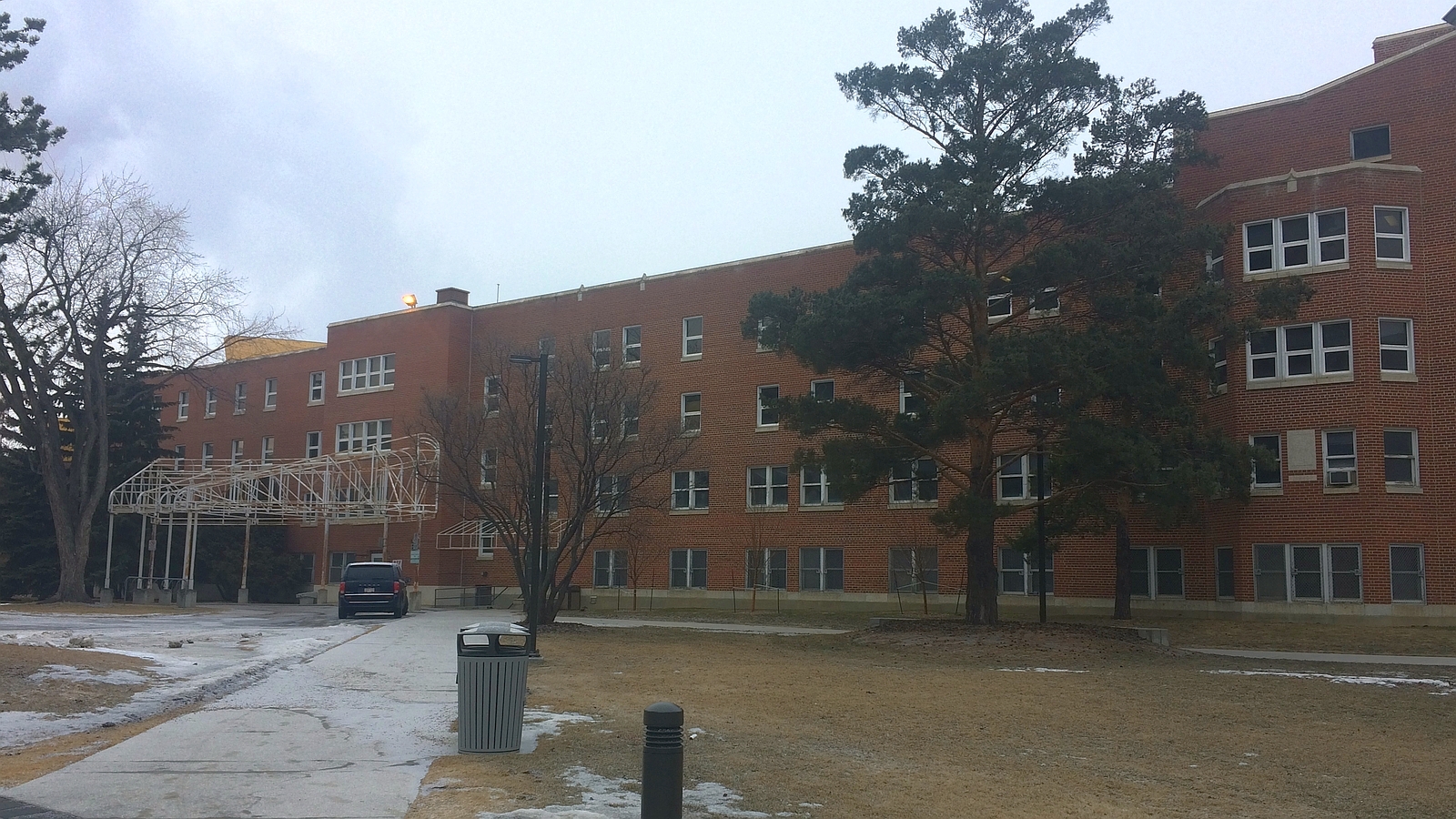About
Location, History and Opportunities
The Department of Biomedical Engineering is located in the Research Transition Facility, which was originally built in three sections during the 1940's and 50's as a Nurses' Residence. The main office is located in room 1-098 (nearest the south entrance).
The Department was established in 1982, although its roots date back to 1967. We are interdisciplinary in outlook, interfacing closely with other departments in the:
- Faculty of Medicine & Dentistry
- Faculty of Engineering
- Faculty of Science
- Faculty of Rehabilitation Medicine
We also have links with Biomedical Engineering at the University of Calgary.
Our Department serves to facilitate the development and application of engineering and science to the study of medical problems.
The Department of Biomedical Engineering offers research opportunities and courses leading to MSc and PhD degrees. Our primary areas of research are biomaterials, magnetic resonance imaging, magnetic resonance spectroscopy and rehabilitation engineering. Students may elect to register for the MSc or PhD degrees in another department while carrying out research and being co-supervised within the Department of Biomedical Engineering. Those departments particularly suited for this option include the following:
- Department of Chemical & Materials Engineering
- Department of Electrical & Computer Engineering
- Department of Mathematical & Statistical Sciences
- Department of Mechanical Engineering
- Department of Physical Therapy
- Department of Physics
- Department of Physiology
- Department of Psychology
Persons seeking to be admitted as graduate students to the Department of Biomedical Engineering must, in addition to satisfying the admission requirements of the Faculty of Graduate Studies and Research, hold an earned degree in engineering or a physical science.

The Old Nurses Residence, South-East angle of the building.

Research Transition Facility circa 2017.
History of Biomedical Engineering
Engineering has been with us since the earliest of times. While the pyramids are at least 5,000 years old, Homo habilis and stone tools date back about 2 million years. Although primitive, stone tools are essentially engineering - science and technology concerned with the design, building, and use of engines, machines, and structures.
Biomedical engineering is not as old, however a carving on an Egyptian tomb that dates to the time of the first pyramids depicts a figure leaning on a crutch-like staff, a simple example of biomedical engineering. And there is a mummy in the Egyptian Museum in Cairo that has a prosthetic toe to aid in walking.
Eye glasses date back at least to the 13th century. What began as single lenses evolved to bifocals and today to contact lenses that correct for astigmatism, good example of engineering being used to improve health. Fahrenheit's mercury-thermometer developed in the 18th century to measure body temperature, and the stethoscope created in the 19th century, both more recent examples of biomedical engineering.

